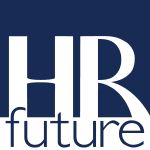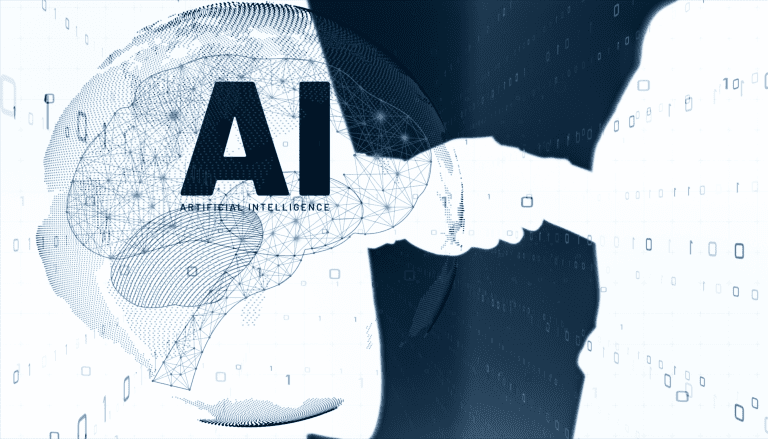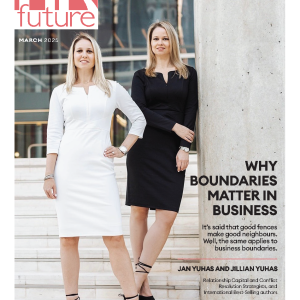In HR, we’ve just gotten comfortable with the title “Chief People Officer.” So imagine my raised eyebrow when I started seeing a new one pop up lately in think tank reports and search firm white papers: Chief Human and AI Resources Officer—or CHRAIO (yes, we’ll get to how you say that later).
On the surface, this might seem like another rebrand chasing a trend. But beneath the acronym lies a serious provocation: Has the time come for the CPO to evolve once more—this time to explicitly reflect AI’s growing influence on our workforce?
As someone who’s helped shape people strategy in complex, fast-moving, tech-forward organizations, I believe this is a conversation worth having.
What’s Fueling the CHRAIO Concept?
Unlike digital transformation or the shift to hybrid work, AI isn’t just changing how we work—it’s changing what work is. From how we hire to how we coach, develop, and even imagine human potential, AI is no longer an IT initiative—it’s a people strategy lever.
In my own teams, we’re already using AI to:
- Accelerate onboarding and policy drafting
- Personalize learning journeys at scale
- Support internal mobility and skill-based workforce planning
- Amplify productivity and creativity—not just in HR, but across the entire enterprise
If AI is now a co-pilot across functions—Sales, Marketing, Finance, Ops, R&D—it makes sense that HR leaders should play a central role in how it’s governed, adopted, and scaled for humans. That’s what makes the CHRAIO idea interesting. It’s not just about HR using AI—it’s about HR leaders helping shape how AI is used across the business.
The Case For a Hybrid C-Suite Role
So why should we entertain this evolution?
Because the demands of this moment are different:
- AI fluency is no longer optional for strategic HR leaders.
- Organizations need ethical stewards of AI adoption who center people in the process.
- Boards are asking new questions about workforce transformation, and someone needs to own the answers.
In that context, the CHRAIO becomes more than a clever acronym—it’s a recognition that HR has a unique vantage point to guide the convergence of human capability and machine intelligence.
The Case Against Yet Another Title Shift
Let’s pump the brakes before we all rush to print new business cards.
Here’s why the traditional CHRO—or Chief People Officer—still holds water:
- The best HR leaders have always evolved with tech, from cloud to collaboration tools to AI.
- Title changes don’t guarantee mindset changes. They can create more noise than clarity.
- We risk siloing AI into yet another functional domain, when the real goal is to embed it holistically across the business.
If we aren’t careful, CHRAIO could become a buzzy title that lacks the power to drive real transformation. And the last thing HR needs is a role that sounds more like a software suite than a strategic leader.
So… Is This Just Theory—or Does It Have Legs?
Maybe we don’t need to pick a side. What we do need is:
- Tech-forward people leaders who understand AI’s capability and consequence.
- Cross-functional governance models that blend AI fluency, change management, and ethics.
- New competencies built into the CHRO/CPO role—like data literacy, systems thinking, and tech partnership acumen.
In other words, this isn’t about titles. It’s about preparing the next generation of HR leaders to lead the transformation, not just react to it.
My Personal Conclusion
As someone leading through this transformative period, I believe the essence of our role remains unchanged—maximizing human potential to drive organizational success. The tools evolve, but the mission endures:
- Elevate human potential
- Navigate change with empathy and precision
- Translate business strategy into people outcomes
- Use every tool, including AI, to make work more purposeful, efficient, and equitable
The most successful CHROs will be those who embrace technological fluency while remaining anchored in human understanding. Whether we call ourselves CHROs, CPOs or CHRAIOs matters less than our commitment to thoughtfully navigating this new territory with both ethical conviction and technological courage.
The real question isn’t about titles—it’s about creating leadership capable of orchestrating harmony between human ingenuity and artificial intelligence. That’s the true evolution our organizations demand.
And maybe this new idea—however awkward it is to pronounce—is just one more way we stay curious, stay bold, and stay ahead of the curve.
Footnote: Let’s be honest—before we all rush to update our email signatures, CHRAIO is a bit of a tongue twister. I pronounce it “SHRAY-oh”—like ‘gray’ with a ‘sh,’ then ‘oh.’ Kind of sounds like a Marvel sidekick who moonlights in workforce planning. And maybe that’s the point: if we’re going to lead the future of work—balancing human strategy, AI integration, ethics, and business impact—we just might need a cape and a co-pilot.
Elaine Page is the Chief People Officer at Stripe, and is on the Advisory Board of Fauna. This article appeared on Elaine’s LinkedIn page.


























